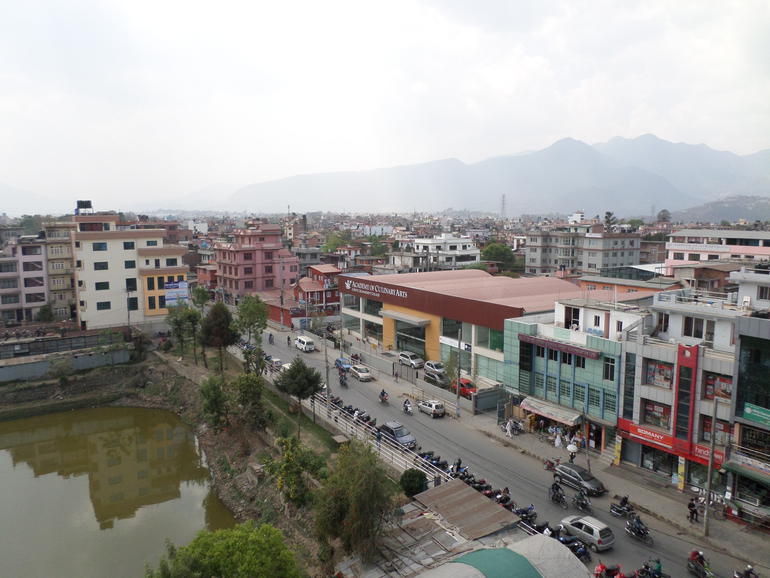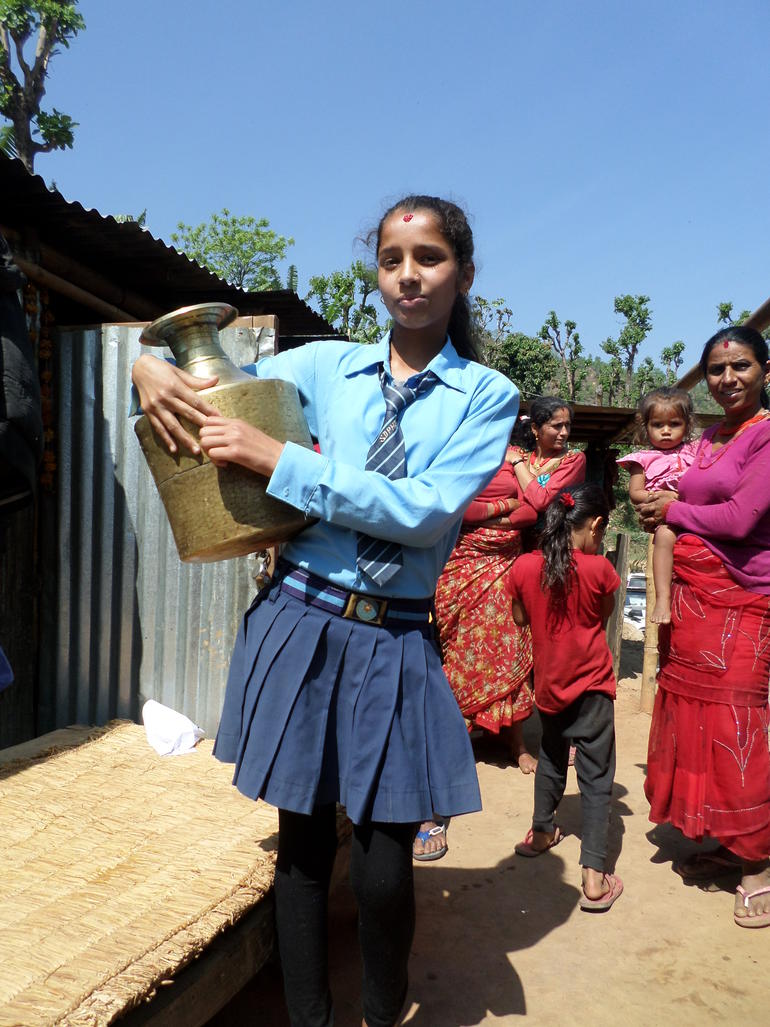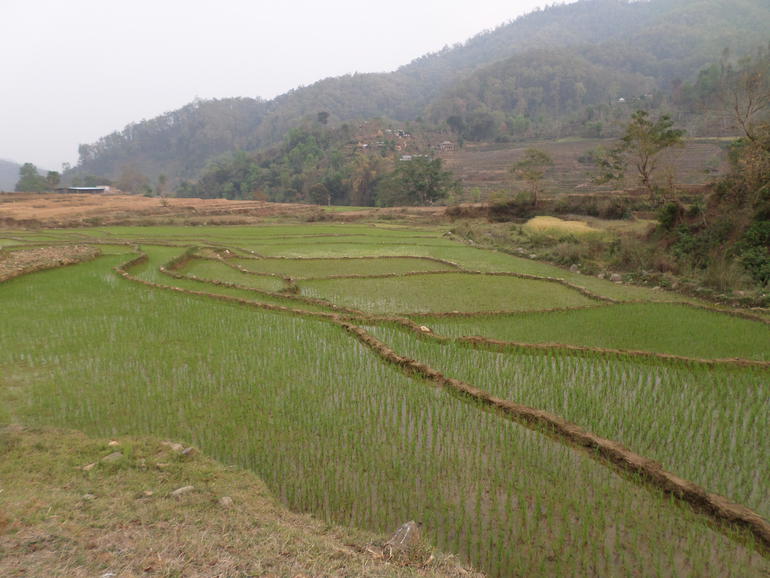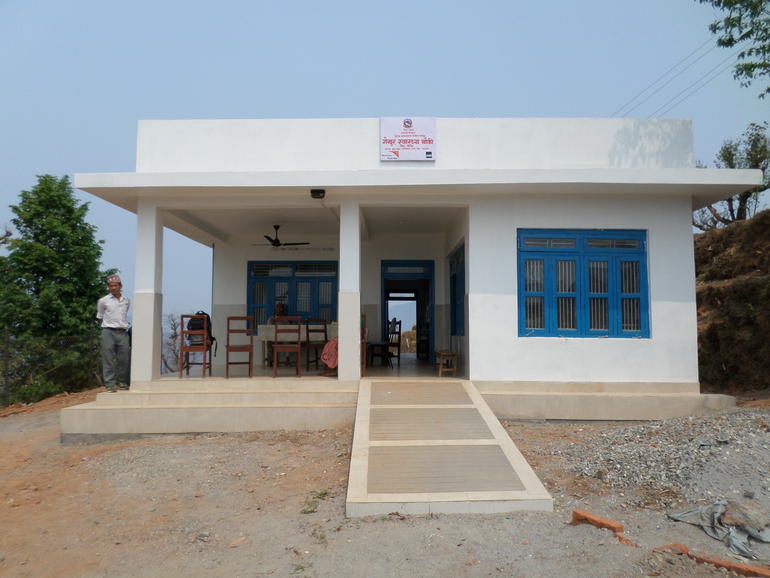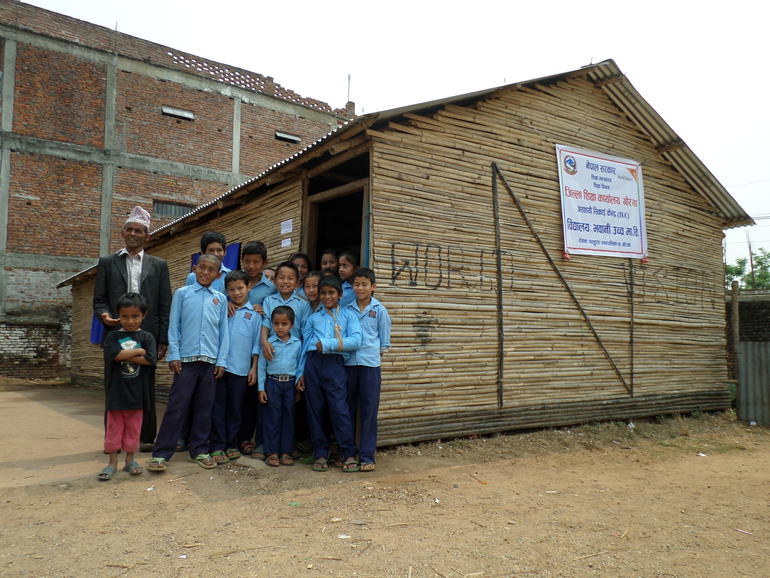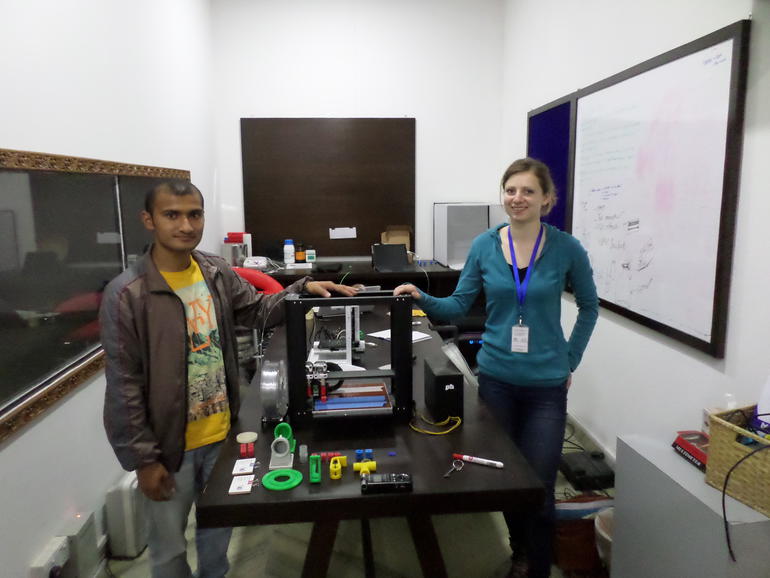We have been given special access by World Vision to areas of the south Asian country worst-affected by the 7.8 magnitude tremour and a strong aftershock which occured several days later.
The initial quake, which struck approximately 85 miles west of the capital city, Kathmandu, claimed more than 8,000 lives and left hundreds of thousands of people homeless.
Alex Williams, a multi-media journalist at Premier, travelled to Nepal where he investigated how the work of aid organisations is progressing and what challenges Nepal still faces.
Traveling east of Kathmandu to Sindhupalchowk district, Alex visited the village of Kuvinde where a shortage of water since the earthquake has left families relying on unclean water from a nearby stream.
He spoke to 15-year-old Ranjita (pictured with her metal water container) who spends up to 90-minutes everyday collecting water for her family.
Speaking through a translator, Ranjita said it was difficult making her two daily trips to fetch water because she also has her studies, as well as exams coming up.
You can hear some of their interview by clicking below.
Kuvinde looks set to benefit from a new pilot project by World Vision to install a gravity-fed water system which is aimed at supplying the village with enough clean drinking water.
For a special half-hour documentary being broadcast on Premier Christian Radio tonight at 10pm, Alex met Ram Lal, the manager of a new health post (pictured) completed in Gaikur, Gorka district, with the help of World Vision.
He also met children at Shree Bhawani Higher Secondary School (pictured) in Paltungar, Gorka, who are still learning in temporary classrooms.
At Shree Bhawani, Alex spoke with Narendra Lamichhane, an education co-ordinator for World Vision and you can listen to a clip from their interview by clicking below.
The way affected families are helped in the aftermath of a natural disaster like last year's earthquake in Nepal looks set to be transformed in future, thanks to digital technology.
Abi Bush and her colleague at Field Ready in Kathmandu (pictured) explained how while importing from abroad might take weeks or even months, equipment needed in the earthquake response can be produced by their fleet of 3D printers in matter of hours.
Alex Williams spoke with the Nepal Earthquake Response Director for World Vision, Jennifer McCann, and you can listen to their interview by clicking below.
You can listen to a special programme marking the one-year anniversary of the 2015 Nepal earthquake in full by clicking below.
You can find out more information about World Vision's work in Nepal by clicking here: http://www.worldvision.org.uk/our-work/emergency-response/nepal-earthquake-update




